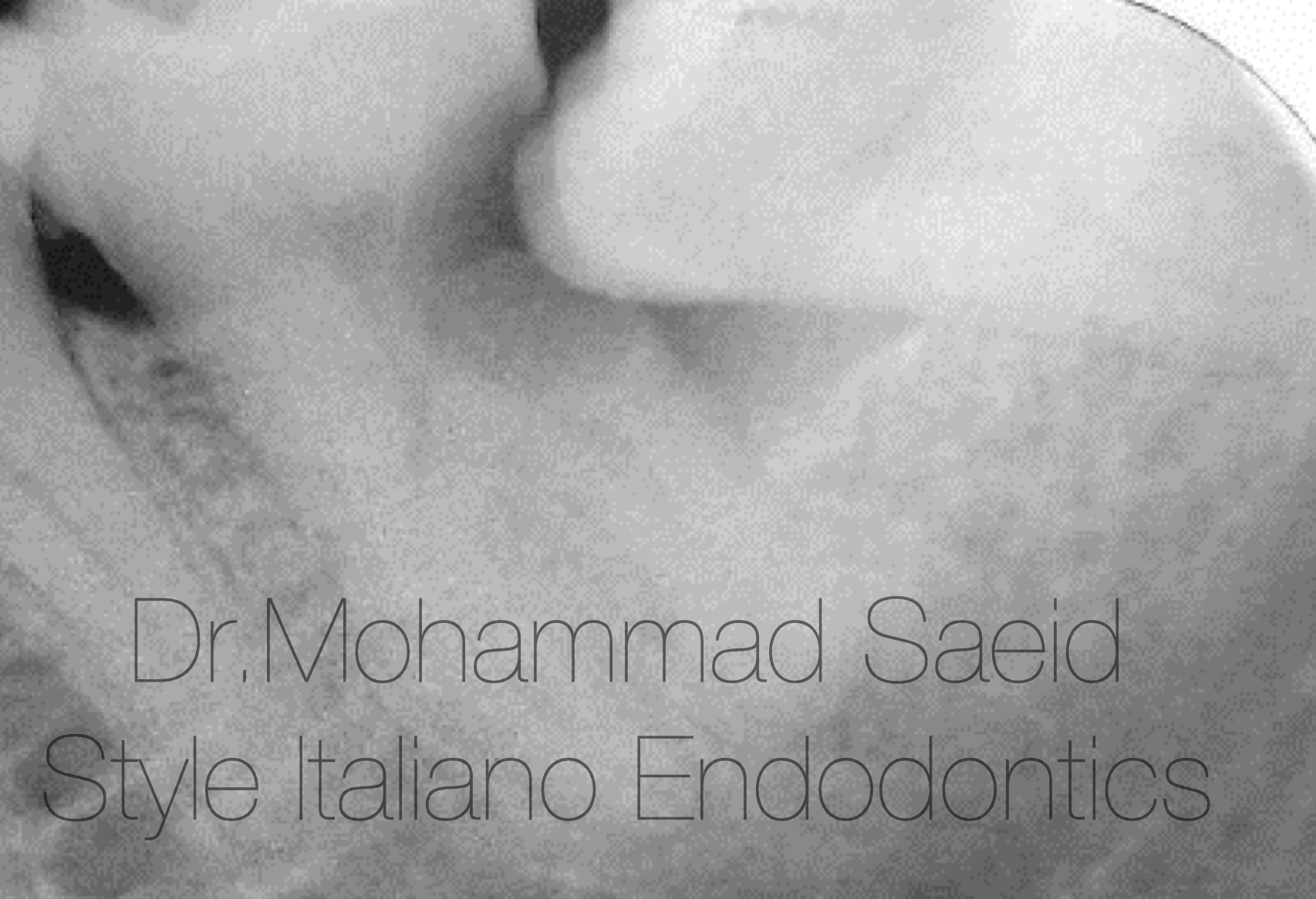
Autotransplantation as an alternative treatment option
17/02/2024
Mohammad Saeid
Warning: Undefined variable $post in /var/www/vhosts/styleitaliano-endodontics.org/endodontics.styleitaliano.org/wp-content/plugins/oxygen/component-framework/components/classes/code-block.class.php(133) : eval()'d code on line 2
Warning: Attempt to read property "ID" on null in /var/www/vhosts/styleitaliano-endodontics.org/endodontics.styleitaliano.org/wp-content/plugins/oxygen/component-framework/components/classes/code-block.class.php(133) : eval()'d code on line 2
Traditional transplantation, surgical extrusion and intentional replantation procedures are important treatment options that clinicians may consider performing in their daily clinical practice.

Fig. 1
Here is a pre operative radiography shows the extension of root caries in second molar and the tilted wisdom tooth.

Fig. 2
Extraction was done and wisdom tooth placed in the socket of second molar after slight surgical modification for the socket and patient was asked to bite in order to adjust occlusion.
And the tooth was fixated in new location using a semi rigid splint bonded to the first molar.

Fig. 3
2 weeks later RCT has been performed

Fig. 4
And here is the complete bone formation distal to the transplanted molar after 4 months

Fig. 5
2 years later the tooth is healthy and in function and we have a happy patient.
Conclusions
Autotransplantation is a very predictable treatment modality that can serve as a viable option to replace a missing tooth, especially in young patients. Proper planning and careful execution of the procedure are important to achieve optimal long-term results.
Bibliography
J.R. Natiella, et al. The replantation and transplantation of teeth. A review Oral Surg. Oral Med. Oral Pathol., 29 (3) (1970), pp. 397-419
P. Parvini, K. Obreja, et al. Autotransplantation of teeth Int J Esthet Dent, 13 (2) (2018), pp. 274-282
I.B. Bender, L.E. Rossman Intentional replantation of endodontically treated teeth Oral Surg. Oral Med. Oral Pathol., 76 (5) (1993), pp. 623-630
L.I. Grossman Intentional replantation of teeth J. Am. Dent. Assoc., 72 (5) (1966 May), pp. 1111-1118 A. Mainkar
A systematic review of the survival of teeth intentionally replanted with a modern technique and cost-effectiveness compared with single-tooth implants J. Endod., 43 (2017), pp. 1963-1968




